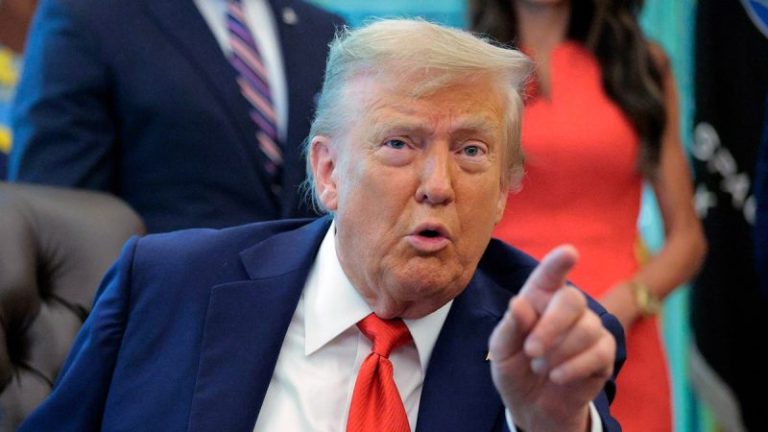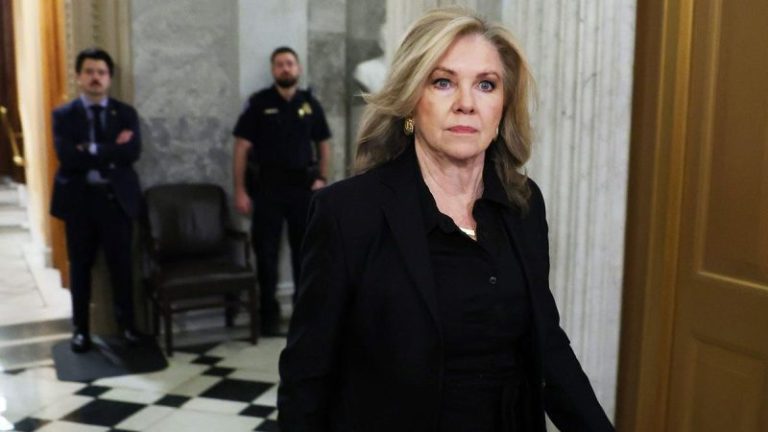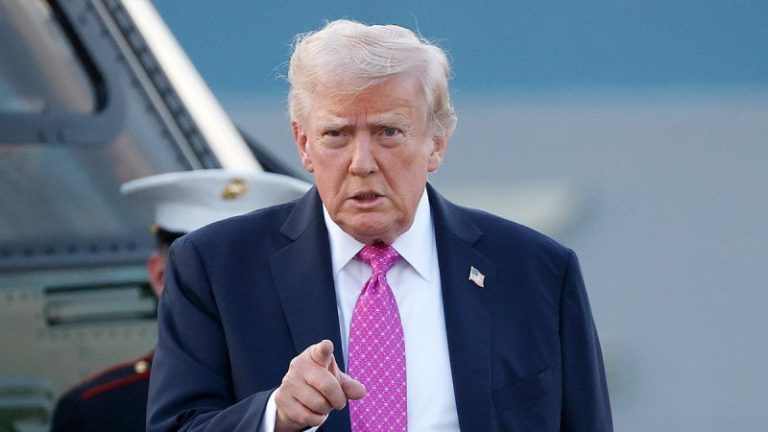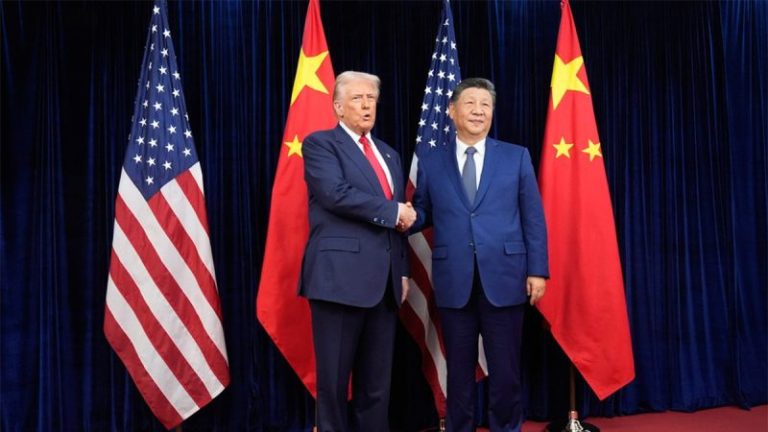: The campaign for ‘Squad’ Rep. Ilhan Omar recently sent over a thousand dollars to a Washington, D.C.-based nonprofit that partnered with a Palestinian university with alleged terrorist ties, according to new Federal Election Commission filings reviewed by Fox News Digital.
The Palestine House of Freedom, also known by its Arabic name, ‘Dar Alhurriya,’ is a nonprofit headquartered just blocks from the U.S. Capitol building.
According to a video on the group’s website, it is ‘dedicated to the liberation of Palestine’ and ‘the dismantling of apartheid in Palestine and the establishment of a free, democratic state from the river to the sea.’
The group’s website emphasizes that Israel is ‘operating as an apartheid state.’ The website further states that its mission is to ’embark on an aggressive educational campaign targeting everyone from lawmakers, staffers, the media, to the general public’ to ‘show how dismantling apartheid and establishing a free democratic Palestine from the River to the Sea with equal rights, is the path to peace and will benefit all parties involved.’
The filings show that Omar’s campaign, Ilhan for Congress, sent $1,559.25 to the anti-Israel Palestine House of Freedom for ‘event tickets’ in September. However, it is unclear which event the payments were for.
The Palestine House of Freedom made headlines earlier this year for hosting a fundraiser in June for the Palestinian Birzeit University, a school that has alleged terrorist ties and has seen its student council elections favor the pro-Hamas wing of student council members, according to The Washington Reporter.
The university’s student council has long been dominated by the Hamas-affiliated Al-Wafaa bloc and has been previously dubbed, ‘Terrorist University.’ Student campus parades have also reportedly included people marching with mock suicide bomb vests and rockets, as reported by Memri TV.
A Fox News Digital review found that the Hamas-affiliated Al-Wafaa bloc has won several student council elections at Birzeit dating back to the 1990’s, including victories in 2022 and 2023. After the 2023 victory, a top Hamas operative reportedly told the Middle East Monitor the victory represents an ‘extension’ of the movement.
‘The second message is that the bloc has proven its ability to adapt to changes, overcome complexities, and fill the void created by arrests, martyrdom, or deportation,’ Ismail Haniyeh, who was head of Hamas’ Political Bureau until he was assassinated by Israel Defense Forces last year in Tehran, told the Middle East Monitor.
He added that Hamas is ‘unbreakable’ in its homeland and that it will confront the ‘occupier, oppression and terrorism.’ This wasn’t the first time a top Hamas operative praised the Al-Wafaa bloc’s victory at Birzeit. In 2017, a top Hamas spokesperson reportedly congratulated the student body on the election results.
Rep. Elise Stefanik, R-N.Y., and Education and Workforce Committee Chairman Tim Walberg, R-Mich., sent a letter Sept. 29 to Harvard University, expressing concern about the university’s failure to issue a public decision on its prior partnership with Birzeit. In the letter, the lawmakers called Birzeit ‘an institution whose student body overwhelmingly supports Hamas’ and a school that ‘explicitly endorses a U.S. designated terrorist organization.’
Harvard announced this spring it would not renew its cooperation agreement with Birzeit and would issue a permanent decision about the partnership after an internal review, according to The Harvard Crimson.
According to the June event’s flyer, all the proceeds from the Palestine House of Freedom fundraiser, ‘From Birzeit and Beyond: How academia shapes resistance and resilience,’ went to Birzeit.
Omar was one of the first Muslim women elected to Congress in 2018. She has taken heavy criticism for making anti-American and antisemitic comments over the years, including saying that ‘some people did something’ in reference to the 9/11 attacks and saying that ‘Israel has hypnotized the world.’ She later apologized for the comment about Israel.
In September, a vote to censure Omar over comments she made about the assassination of Charlie Kirk narrowly failed to pass the House of Representatives.
Fox News Digital reached out to Harvard, the Palestinian House of Freedom, Omar’s office and Ilhan for Congress for comment but did not receive a response by press time.
This post appeared first on FOX NEWS










